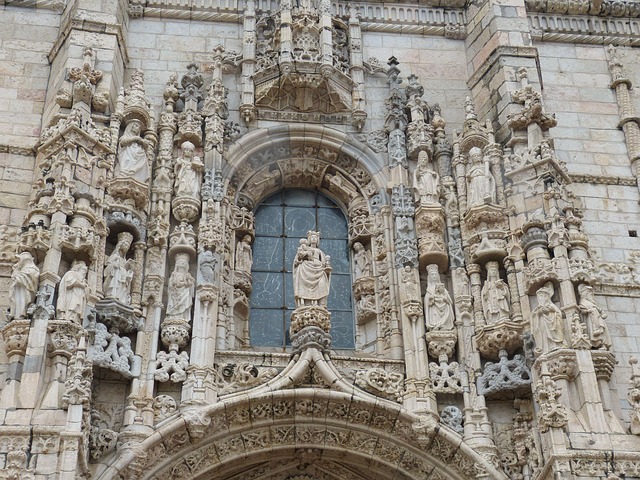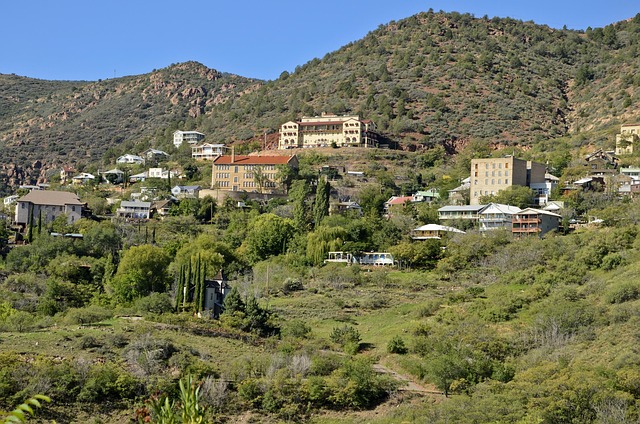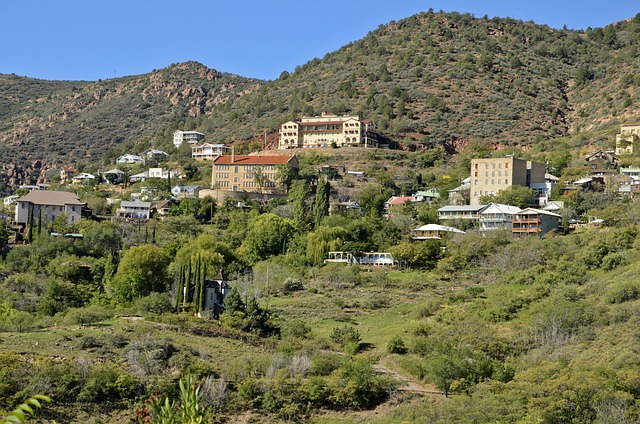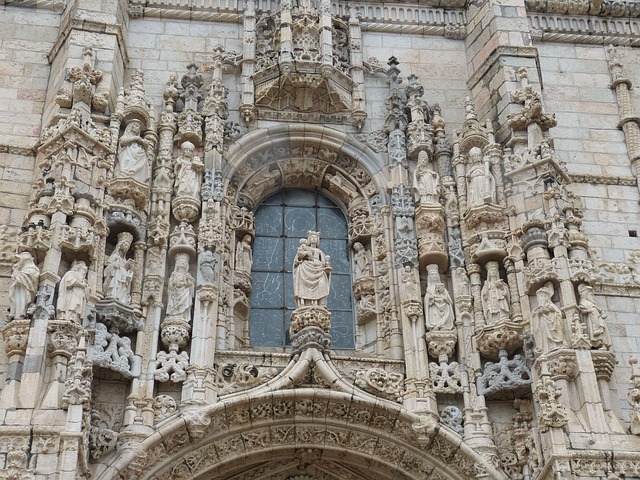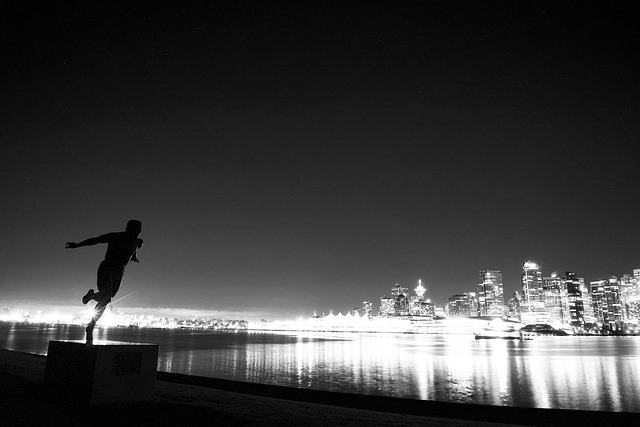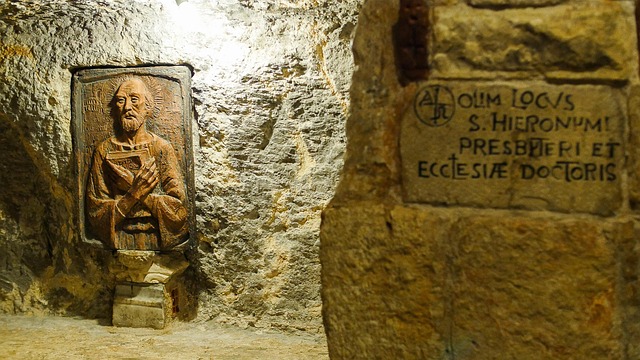The real estate sector is instrumental in cultivating creative tourism destinations by transforming underutilized spaces into vibrant hubs for artists and creatives. Strategic developments, like converting industrial buildings into co-working spaces or loft apartments, not only offer affordable accommodations but also foster innovation and attract tourists seeking cultural experiences. Balancing visitor attractions with community vibrancy is crucial for sustainable tourism growth. Local governments must implement responsible tourism strategies to preserve destination authenticity, integrate tourists into local fabric, and ensure direct community benefits from tourism revenue.
In today’s globalized world, a tourism-driven economy with a creative vibe is reshaping urban landscapes. This article explores three pivotal aspects: the role of real estate in cultivating vibrant destinations, unlocking creative potential through artist attraction and cultural events, and achieving sustainable growth while balancing tourism influxes with local community well-being. By integrating these elements, cities can thrive as dynamic hubs that harness the power of real estate to foster a unique, appealing, and lasting creative tourism experience.
The Role of Real Estate in Shaping Creative Tourism Destinations

The real estate sector plays a pivotal role in cultivating and shaping creative tourism destinations. Urban areas with diverse and distinctive neighborhoods often become magnets for artists, writers, and creative professionals seeking inspiration and unique living experiences. Real Estate developers and investors recognize this trend, driving the transformation of underutilized spaces into vibrant hubs that cater to the creative class. The conversion of industrial buildings into co-working spaces or loft apartments, and the adaptive reuse of historic structures, are examples of how real estate contributes to fostering a dynamic and artistic atmosphere.
These converted spaces not only provide affordable and desirable accommodations but also serve as collaborative platforms where creatives can network, exchange ideas, and foster innovation. The presence of diverse creative industries attracts tourists interested in immersive cultural experiences, further boosting the local economy. As such, strategic real estate developments are instrumental in nurturing thriving tourism-driven economies with a distinctive creative vibe.
Unlocking Creative Potential: Attracting Artists and Cultural Events
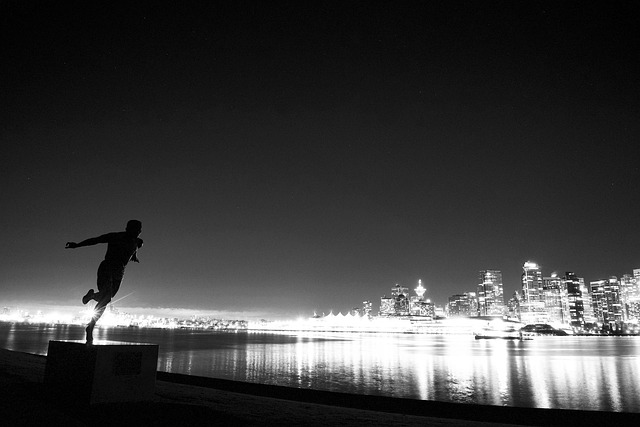
Unlocking a city’s creative potential is a powerful strategy to foster a tourism-driven economy. By actively attracting artists, cultural events, and creative industries, destinations can transform their real estate landscapes into vibrant hubs of artistic expression. This draws not only tourists interested in unique cultural experiences but also fosters a sense of place that captivates creatives from around the globe.
Artistic communities bring life to buildings, streets, and public spaces through murals, pop-up exhibitions, and performances. These creative interventions enhance the allure of a location, encouraging visitors to immerse themselves in the local scene. Moreover, artists and cultural events can inspire real estate developers to invest in unique properties, further enriching the city’s tapestry and attracting more diverse tourism.
Sustainable Growth: Balancing Tourism and Local Community Vibes
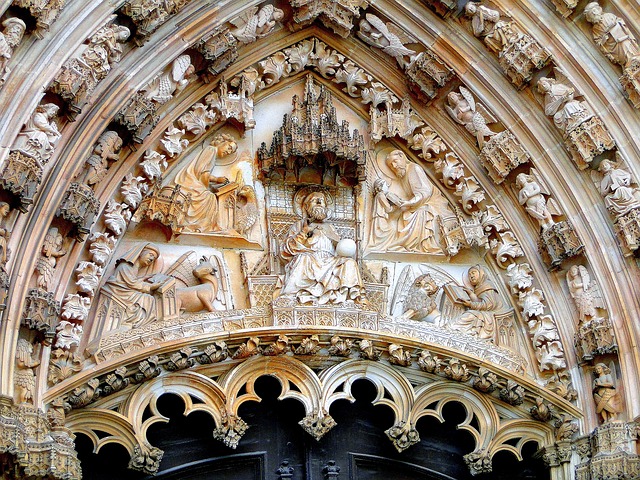
In a tourism-driven economy, sustainable growth requires a delicate balance between thriving visitor attractions and preserving the local community’s vibrancy. As more visitors flock to vibrant cities and picturesque destinations, pressure mounts on real estate markets, infrastructure, and cultural heritage sites. To maintain a harmonious relationship, local governments and stakeholders must implement strategies that foster responsible tourism. This involves controlling visitor numbers, promoting eco-friendly practices, and ensuring that tourism revenue benefits the community directly.
Preserving the authenticity of destinations is key to sustaining both the economy and the local culture. By integrating tourists into the fabric of the community through immersive experiences, local businesses can thrive while minimizing negative impacts. Encouraging responsible spending and mindful behavior among visitors allows for a more sustainable and equitable tourism model that supports long-term economic growth without compromising the essence of what makes a place unique.
